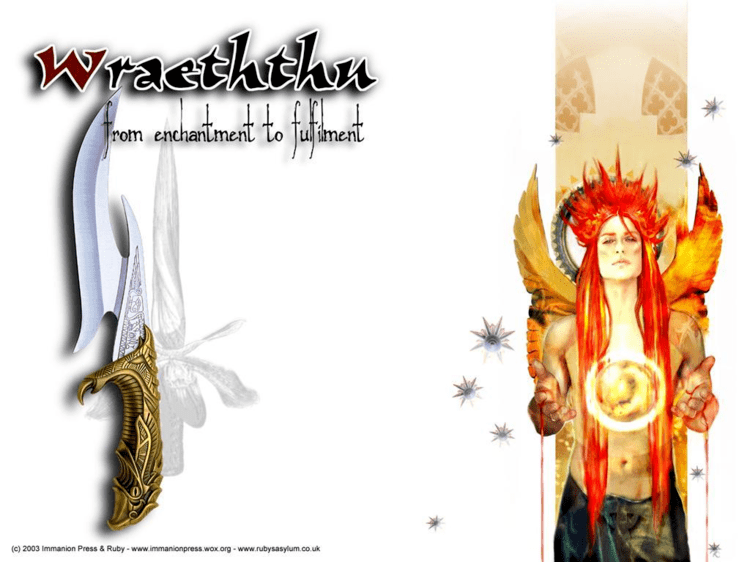 | ||
Wraeththu review part 1
The Wraeththu (pronounced rayth-thoo) are a science fantasy post-apocalyptic hermaphroditic species which evolved from humanity in the Wraeththu novels, created by British fantasy author Storm Constantine.
Contents
- Wraeththu review part 1
- Novel series
- Overview
- Principal Wraeththu gods Dehara
- Principal tribes
- Principal cities
- History in print
- History in gaming
- Fan community
- Spiritual aspects
- Screen adaptation
- References
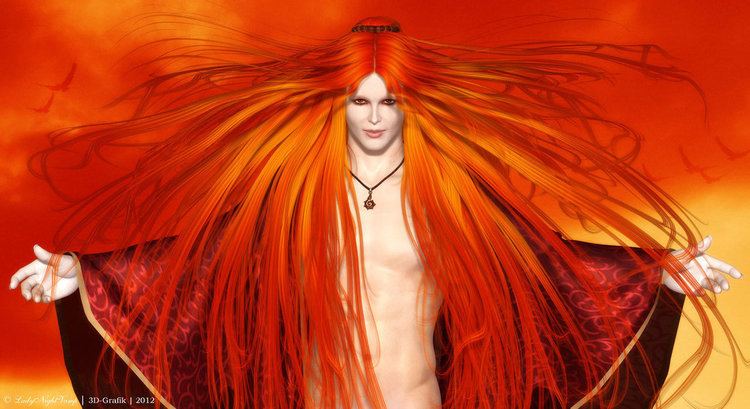
Novel series
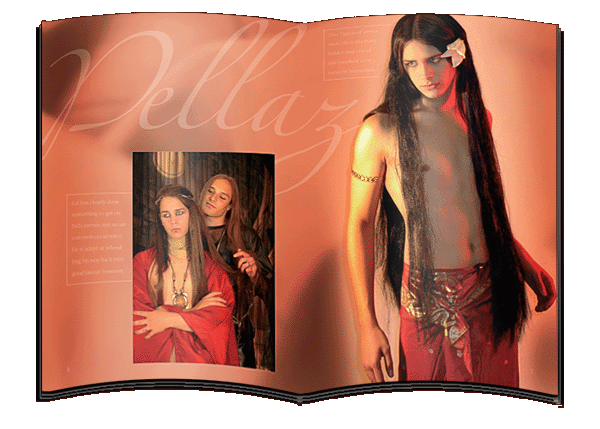
Wraeththu-themed works by other authors / short story collections
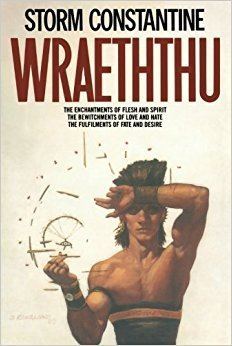
Overview
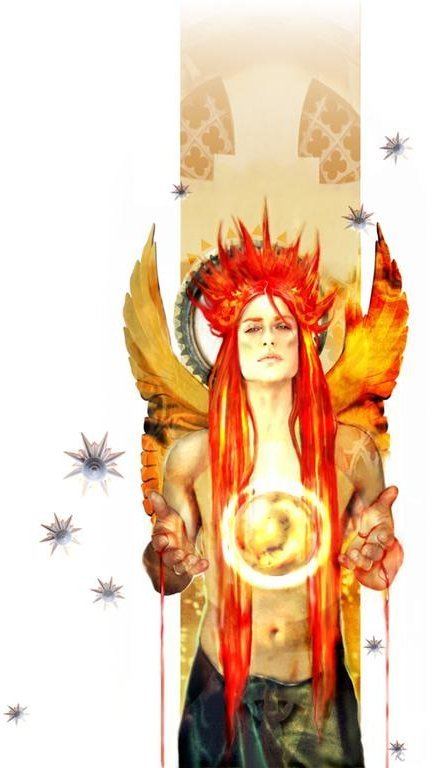
The Wraeththu appeared amid humanity's downfall. Humans viewed them as nothing more than aggravating street gangs recruiting young men and inhabiting cities of North America (always called Megalithica in this story as old "human" place names are never used). The Wraeththu, however, are a new species, born from a mutation of unknown origin; Constantine implies an apocalypse, but the history is mysterious. They are destined to take over the mantle of rulers of the Earth. Their bodies fought off the environmental damage wreaked by human war and pollution well - much better than the human population they are swiftly replacing.
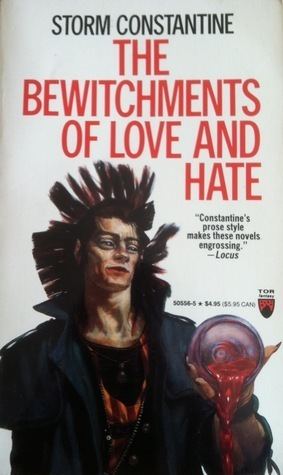
The first Wraeththu har (pl. hara) infected a human male with his blood and thus transformed the man into Wraeththu. The species spread via a blood-sharing procedure that came to be known as inception. Gangs of hara became tribes, which eventually began a war against humanity that resulted in Wraeththu's supremacy. Many human males and all human females die during inception, with the exception of the rare few which later became the sister race of Wraeththu, the Kamagrian. Late in the story, there are Wraeththu communities where the human community is protected, and human males are incepted after fathering a human child.
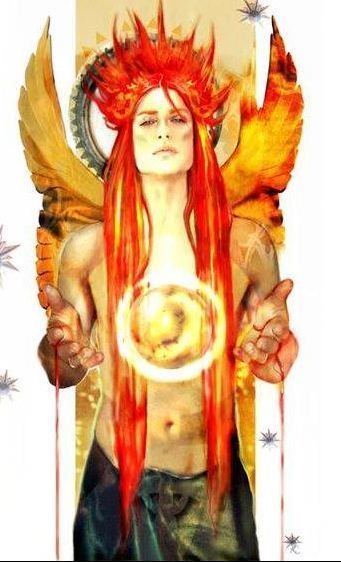
Wraeththu are true hermaphrodites, possessing both male and female sexual organs and appearing androgynous in general outward appearance. Although they appear superficially as a mix between men and women (no breasts, slim hips, but feminine body structure with no body hair or facial hair), there are numerous physical and mental differences between hara and humans ("We fight like men, and cry like women"). One of the biggest differences is in the genitalia and reproductive organs. Unlike humans, all hara have genitals that are simultaneously both male and female (described as "colorful" and "flower-like" and "like a sea-anemone"), able to fold flat and open or retract inwards or protrude, and thus reproduce and experience sex differently. Hara have different bodily processes in other areas too, including more efficient digestion, better regulation of metabolism or perhaps faster metabolism (they cannot grow fat), and better resistance to toxins, including alcohol, drugs, and poisons. Hara also have a much stronger ability to access and manifest magical abilities, such as telepathy, healing, psychokinesis, etc.
One additional notable characteristic of Wraeththu is their need for regular hermaphrodite sex, known among Wraeththu as aruna. Hara who are deprived of aruna suffer, as their bodies require exchange of essential life essences in order to run properly. Wraeththu even use aruna in magic, performing the ritual of sex magic, grissecon, in which aruna is used to work great acts of healing or the creation of magical weapons.
In the early years, Wraeththu did not have knowledge of their own ability to reproduce. Hara are able to conceive during an unusual, elevated type of aruna, with conception taking place inside the Cauldron of Creation. The harling gestates inside a pearl and is born after a period of about two and a half months. The pearl is a leathery egg where the harling continues to develop for one to two weeks, at which point it hatches. Harlings develop far more rapidly than human children and are fully grown and sexually mature by the age of seven or eight, at which point they undergo Wraeththu puberty, feybraiha, and are introduced to aruna.
Principal Wraeththu gods (Dehara)
AGHAMA - The first Wraeththu, deified as progenitor of all Wraeththukind
Principal tribes
Principal cities
History in print
Wraeththu first appeared in print with The Enchantments of Flesh and Spirit (1987), followed by the next two Wraeththu Chronicles books, The Bewitchments of Love and Hate (1988) and The Fulfillments of Fate and Desire (1989). The Wraeththu Chronicles are first person narratives covering an important era in Wraeththu history; the narrators are Pellaz Cevarro (who eventually becomes a kind of king), Swift Parasiel (who grows up to be a tribal leader), and Calanthe (Pellaz' lover). Beginning in 2003, this trilogy of books was re-released in revised editions published by Constantine's publishing firm, Immanion Press. In 2006 Enchantments appeared in an all-new German language edition, as Der Zauber von Fleisch und Geist, published by German publisher Zauberfeder Verlag.
In 2004, a new trilogy, the Wraeththu Histories, launched with The Wraiths of Will and Pleasure, followed by The Shades of Time and Memory (2005) and The Ghosts of Blood and Innocence (2006). These books continue the original trilogy but have a different tone, with third-person narration, a more complex narrative structure, and more concrete details on Wraeththu's abilities and origins.
Wraeththu have also appeared outside the six-book series. In 2003, Immanion Press published the first "Wraeththu Mythos" book, Breeding Discontent, written by two fans (Wendy Darling and Bridgette Parker) and edited by Constantine herself. In 2005, Constantine released a new Wraeththu novella called The Hienama: A Story of the Sulh, separate from the storylines of the two trilogies. The book follows the story of a member of the Sulh tribe who seeks a hienama, or Wraeththu shaman, for training, and gets more deeply entangled in his education than he expected. In the summer of 2005, Immanion Press published another Wraeththu Mythos novel, Terzah's Sons by Victoria Copus. A loose sequel to The Hienama called A Student of Kyme written by Constantine was expected out in 2008, along with a lengthy Wraeththu Mythos novel, Rosa Mundi by Kris Dotto.
Wraeththu have also appeared in several of Constantine's short stories, published in magazines or anthologies. Of these short stories, most notable is "Paragenesis" describing in poignant details the very beginnings of Wraeththu, featuring Thiede, the first har, his sad infancy, his flight from home and how he discovered love and loss before giving rise to the new race. There is a Wraeththu fan fiction community, which exists primarily online; in 2003 a series of fan-written short stories was self-published by fans in a booklet titled Writers of the Storm.
In 2005, the German publishing firm Zauberfeder Verlag published Wraeththu: The Picture Book, a full-color album showing off the work of photographer Marja Kettner and a group of German fans who designed costumes, jewellery, and makeup to create a pictorial vision of the world of Wraeththu. Almost all the models are male; many of these same models also participated in the LARP described elsewhere in this article. Information on the book is available in German and in English.
History in gaming
Wraeththu are the subject of a role-playing game, From Enchantment to Fulfilment, released in 2005 by Immanion Press [1]. Reviews for the game were overwhelmingly negative [2][3][4].
In December 2004, a live action role-playing (LARP) game in Germany featured the first-ever Wraeththu LARP group. Information on this event can be found on the Seven Deadly Sins - Wraeththu web site. Later, many of the players appeared in Wraeththu: The Picture Book.
On July 31 and August 1, 2004, a Wraeththu paintball event was in the USA at Realms of Ruin paintball field, Wilmington, Will County, Illinois (near Chicago).
Fan community
Wraeththu has had a cult following since the late 80s when the series first appeared. The fandom is especially strong among the Goth subculture, although in recent years fans of slash fiction, anime, and manga have also gravitated toward Wraeththu. Constantine not only allows but fully supports fan fiction, to the delight of fans who have written and published many stories online, most of them hosted on the Forever Wraeththu web site.
Wraeththu have also inspired fan art, poetry, and several online communities and/or mailing lists. See the list of links at the end of this article.
In 2003, a convention called Grissecon, held in Stafford, England, was the first-ever Wraeththu fan gathering. Since then additional Grissecon events have been held as part of Lunacon (2004 & 2005), DragonCon (2004) and Feencon (2005).
Spiritual aspects
In 2005, Constantine released Grimoire Dehara: Kaimana a non fictional exploration of the Wraeththu spirituality. Heavily based in Paganism and Chaos Magick, the Grimoire became a new "pop spirituality" for many of the fans of the Mythos. Combining elements of paganism (Constantine's experience in the Occult is heavily based on Egyptian Mythology) and the Jungian concepts of Anima and Animus (The Secret Marriage of the Psyche), the Grimoire attempts to blend the earth based reverence of the Dehara (gods of the Wraeththu) and Awareness of Self, through visualisation, giving a framework to the Practitioner for the exploration of this spiritual way.
Several discussion groups on Yahoo and the community on LiveJournal were utilised for the Grimoire project. In 2007 a community of Spiritual Wraeththu arose inside the virtual world of Second Life using the Grimoire as the basis for their study and practice. This community was officially recognised by Constantine and continues to practice and teach there as of May 2011.
As of June 2010, work has started on the second book of the Grimoire series, Grimoire Dehara: Ulani, utilizing the same group/community structure as Grimoire Dehara: Kaimana at Nayati Dehara.
Screen adaptation
Brad Carpenter is currently developing a new sci fi/fantasy series called Raythu, based on the novel series The Wraeththu Chronicles by Storm Constantine.
